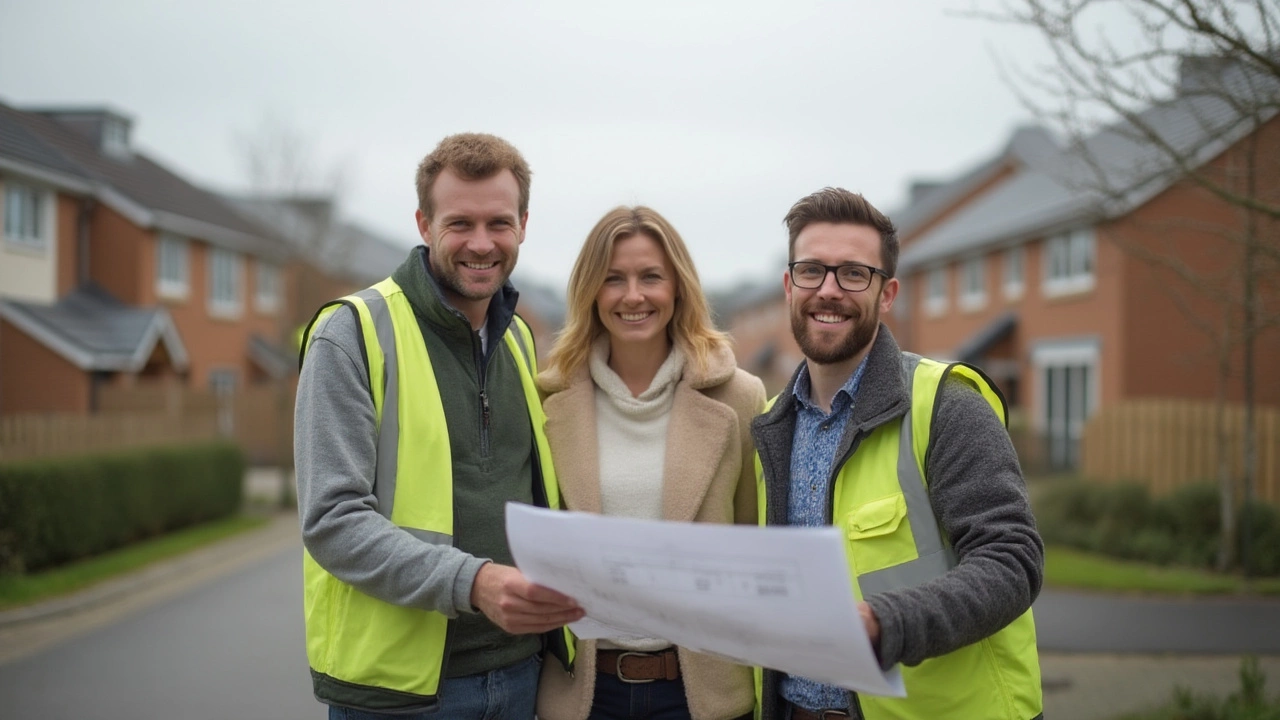UK New Builds – Everything You Need to Know
Thinking about a brand‑new house? You’re not alone. More people are choosing to build rather than buy because it gives total control over layout, finishes and energy performance. But a new build in the UK also comes with its own set of questions – how much will it really cost, what approvals do you need, and how do you keep the project on track?
Cost Breakdown and Money‑Saving Tips
Before you sign any contracts, sit down with a spreadsheet. List the big items: land purchase, design fees, ground works, foundation, superstructure, roof, interior finishes and the inevitable "contingency" line. In 2025 the average new‑build price sits around £200 000 for a modest three‑bedroom house, but regional differences can swing that number by £50 000 or more.
A quick win is to compare building methods. The "cheapest building methods" article shows that using prefabricated panels or modular sections can cut labour costs by up to 30 %. Just make sure the chosen method meets local building control standards.
Don’t overlook the hidden costs of foundation work. A tiny crack can become a big headache if you ignore it. Our guide on "Foundation Crack Size" explains what widths are serious and when to call a structural engineer. Catching a problem early saves thousands in repair bills later.
Another area to audit is planning permission. The "How Big Can You Extend Your House Without Planning Permission?" piece clarifies the permitted‑development limits. If your project stays inside those limits, you avoid costly application fees and potential delays.
Common Pitfalls and How to Avoid Them
One mistake many first‑time builders make is overlooking settlement time. New structures settle for months, sometimes a year, and that can cause cracks or uneven doors. Our "How Long Does It Take for a New Building to Settle?" article gives realistic timelines and tells you what signs to watch for.
Insurance is another blind spot. Not all house insurance policies cover foundation issues straight away. The "House Insurance and Foundation Issues" guide shows you what to look for in the fine print and how to talk to insurers to protect your new build.
If you’re eyeing a garden room or loft conversion as part of the build, remember not every loft is suitable. The "Which Lofts Can’t Be Converted?" guide outlines the structural limits that could force you to scrap the idea or redesign.
Finally, keep an eye on who’s actually doing the work. Our "Most Trusted Home Builders in 2024" list narrows down reliable contractors, and the "Why Is a Builder Called a Contractor?" article explains the roles you’ll encounter on site. Knowing the difference between a builder, a contractor and a lower‑tier subcontractor helps you manage expectations and avoid miscommunication.
Bottom line: a UK new build can be a rewarding journey if you plan ahead, budget realistically and stay informed about common risks. Use the resources on this page to guide each step—from understanding what a new build really means to negotiating with landscapers and choosing the right cement for foundation repair. Armed with solid advice, you’ll be in a strong position to turn that empty plot into the home you’ve always wanted.

